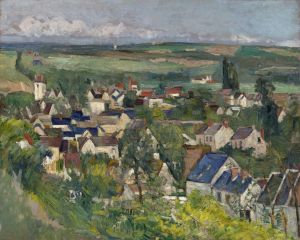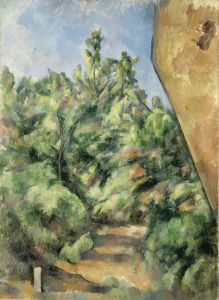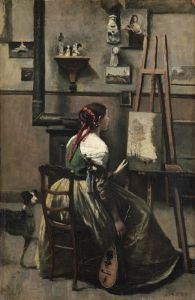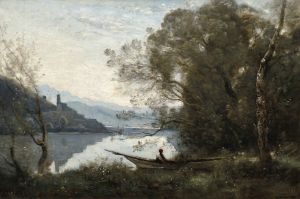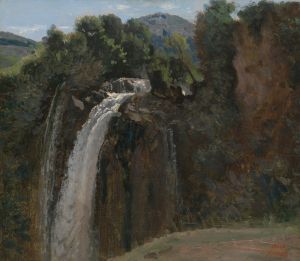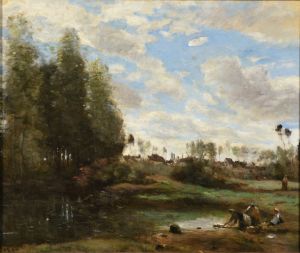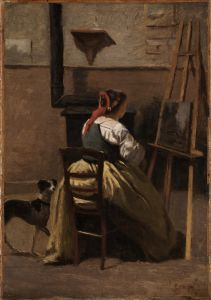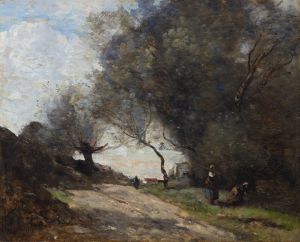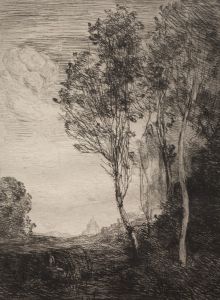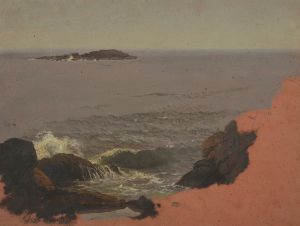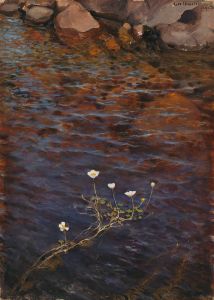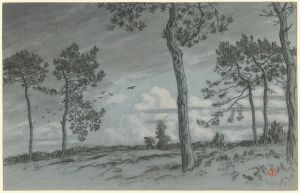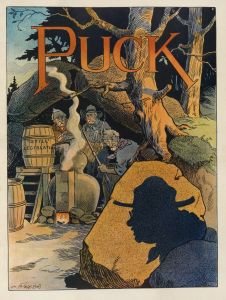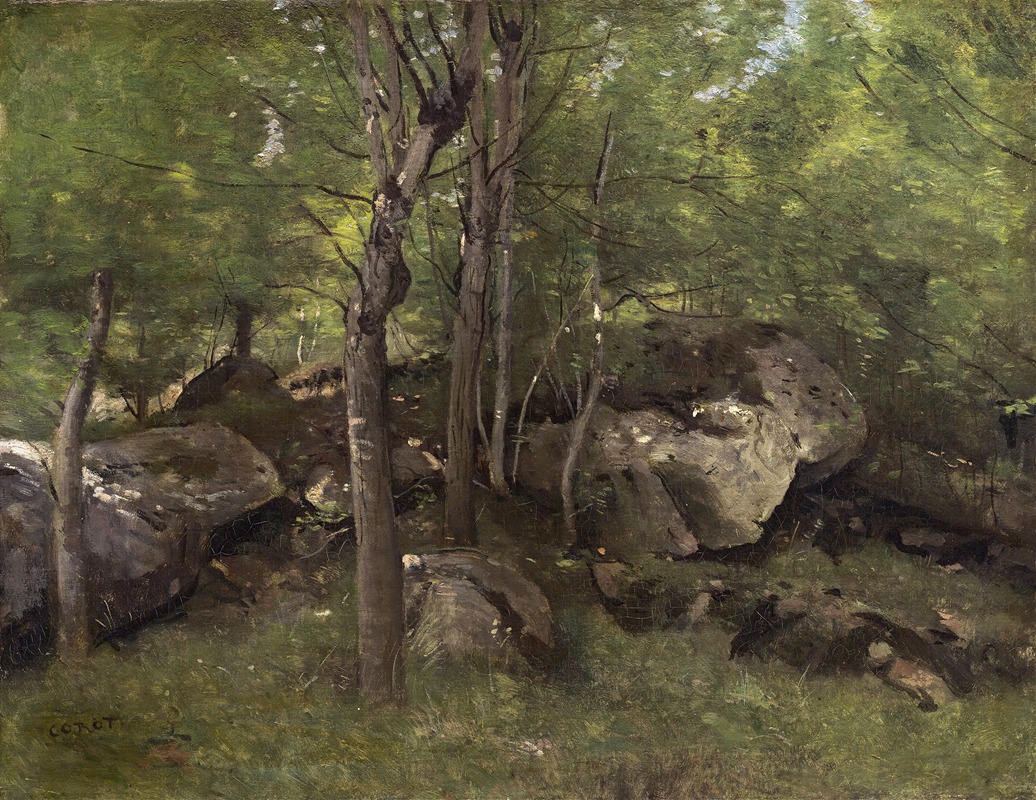
Rocks in the Forest of Fontainebleau
A hand-painted replica of Jean-Baptiste-Camille Corot’s masterpiece Rocks in the Forest of Fontainebleau, meticulously crafted by professional artists to capture the true essence of the original. Each piece is created with museum-quality canvas and rare mineral pigments, carefully painted by experienced artists with delicate brushstrokes and rich, layered colors to perfectly recreate the texture of the original artwork. Unlike machine-printed reproductions, this hand-painted version brings the painting to life, infused with the artist’s emotions and skill in every stroke. Whether for personal collection or home decoration, it instantly elevates the artistic atmosphere of any space.
"Rocks in the Forest of Fontainebleau" is a painting by the renowned French artist Jean-Baptiste-Camille Corot. Corot, born on July 16, 1796, and passing on February 22, 1875, was a pivotal figure in landscape painting and is often associated with the Barbizon School, a movement that emphasized naturalistic representation and was a precursor to Impressionism.
The painting depicts a scene from the Forest of Fontainebleau, a location that was a significant source of inspiration for many artists of the 19th century. The forest, located southeast of Paris, is known for its picturesque landscapes, diverse flora, and unique rock formations. It became a popular retreat for artists seeking to escape the urban environment and immerse themselves in nature.
Corot's "Rocks in the Forest of Fontainebleau" exemplifies his mastery in capturing the serene and timeless beauty of natural landscapes. The painting showcases a group of rocks amidst the dense foliage of the forest. Corot's use of light and shadow, along with his delicate brushwork, creates a sense of depth and tranquility. The composition is balanced, with the rocks serving as the focal point, surrounded by trees and undergrowth that frame the scene.
Corot was known for his ability to convey the atmosphere and mood of a landscape, and this painting is no exception. The subtle variations in color and the careful attention to detail reflect his deep appreciation for nature. The painting is characterized by a muted palette, with earthy tones dominating the scene, which is typical of Corot's style during this period.
The Forest of Fontainebleau was a favorite subject for many artists of the Barbizon School, including Théodore Rousseau, Jean-François Millet, and Narcisse Virgilio Díaz. Corot's work in this region contributed to the development of plein air painting, where artists would paint outdoors to capture the natural light and environment directly.
"Rocks in the Forest of Fontainebleau" is a testament to Corot's skill as a landscape painter and his influence on the art world. His ability to depict the natural world with such sensitivity and precision has earned him a lasting legacy. The painting is housed in various collections, and its exact location can vary as it may be part of traveling exhibitions or held in private collections.
Overall, Jean-Baptiste-Camille Corot's "Rocks in the Forest of Fontainebleau" remains a significant work that highlights the artist's connection to nature and his contribution to the evolution of landscape painting in the 19th century.





